Indulge in the flavors of Vietnam’s iconic Egg Coffee, a delightful culinary creation that enchants the senses and embodies the nation’s rich coffee culture.
EGG COFFEE: A DISTINCTIVE VIETNAMESE DELIGHT
The moment your lips touch this extraordinary brew, a world of flavors unfolds. A velvety layer of soft and creamy egg cream, kissed with hints of vanilla and a touch of salt, welcomes you. In a single sip, you’ll be captivated by the sweet fragrance, subtly tinged with a hint of sourness, courtesy of Arabica coffee flower honey. It embraces the elegant bitterness of coffee, reminiscent of savoring a delectable, aromatic flan cake.
The allure of Egg Coffee is such that it can captivate the palates of anyone who ventures into Vietnam. But what is the story behind this delectable drink, and what significance does it hold in a country renowned for its unique coffee culture?
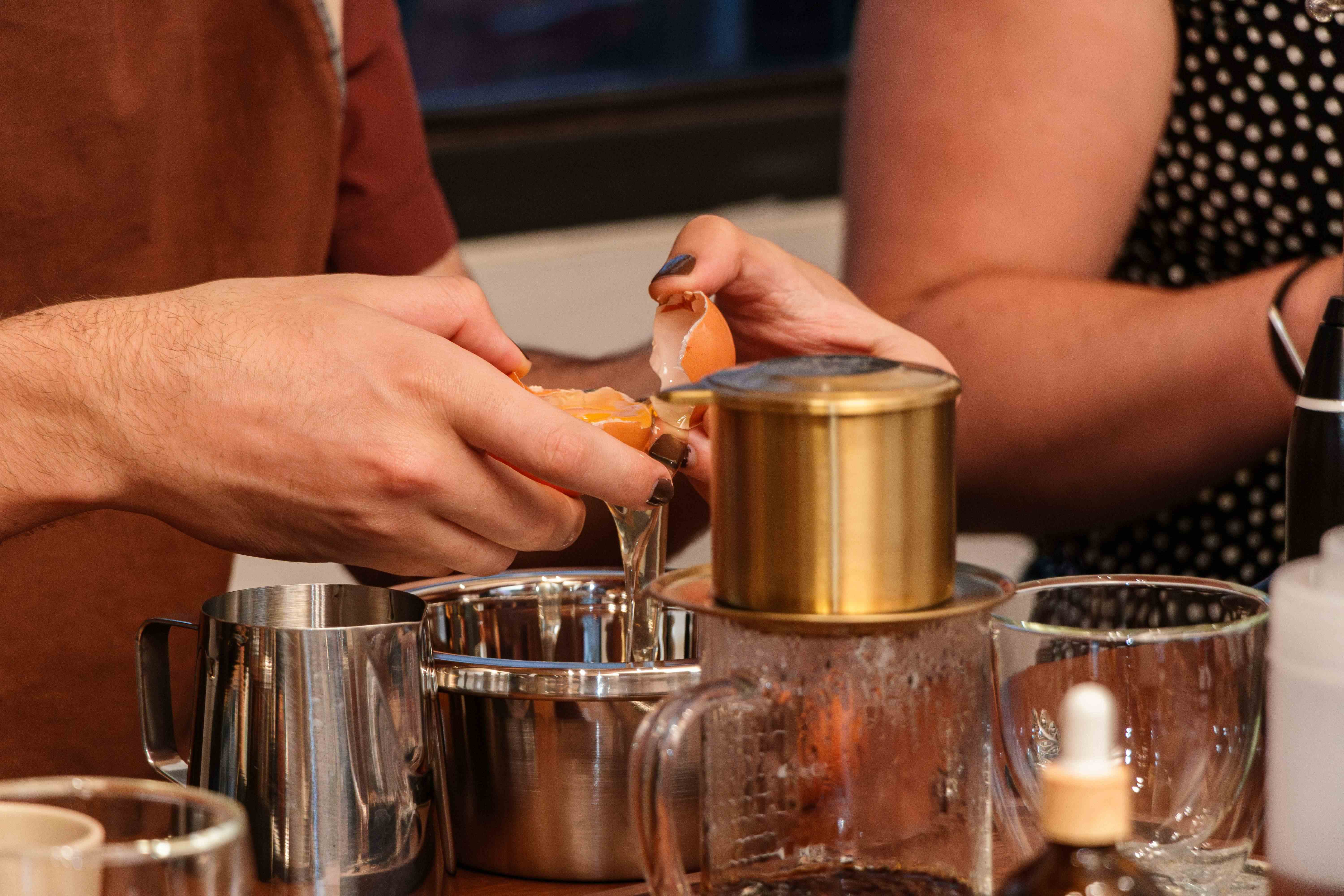
A CULTURAL TREASURE BORN OF HISTORY
Vietnamese Egg Coffee traces its origins back to the era of French colonial rule, a period characterised by a fusion of cultures and the introduction of new trends. Among these trends was the appreciation of machine-brewed coffee. During this time, Vietnamese coffee enthusiasts began to acquaint themselves with coffee types like Espresso, Cappuccino, and Latte. However, milk cream was a rare luxury, reserved solely for the upper echelons of society.
In 1946, an enterprising young man, a barista at Hanoi's Sofitel Legend Metropole Hotel, pondered a way to replicate the richness of Cappuccino, which combines coffee with hot whipped milk. His ingenious solution involved using egg cream instead. This visionary was none other than Mr. Nguyễn Văn Giảng, the proprietor of Giảng Coffee, a cherished destination for those visiting Hanoi. Even today, Mr. Giang remains celebrated for his pivotal role in enriching Vietnamese coffee culture.
THE LACÀPH EGG COFFEE EXPERIENCE
A quintessential cup of Egg Coffee comprises Phin Coffee, egg yolks, a sweetener, a pinch of salt, and optional ingredients like butter or cheese.
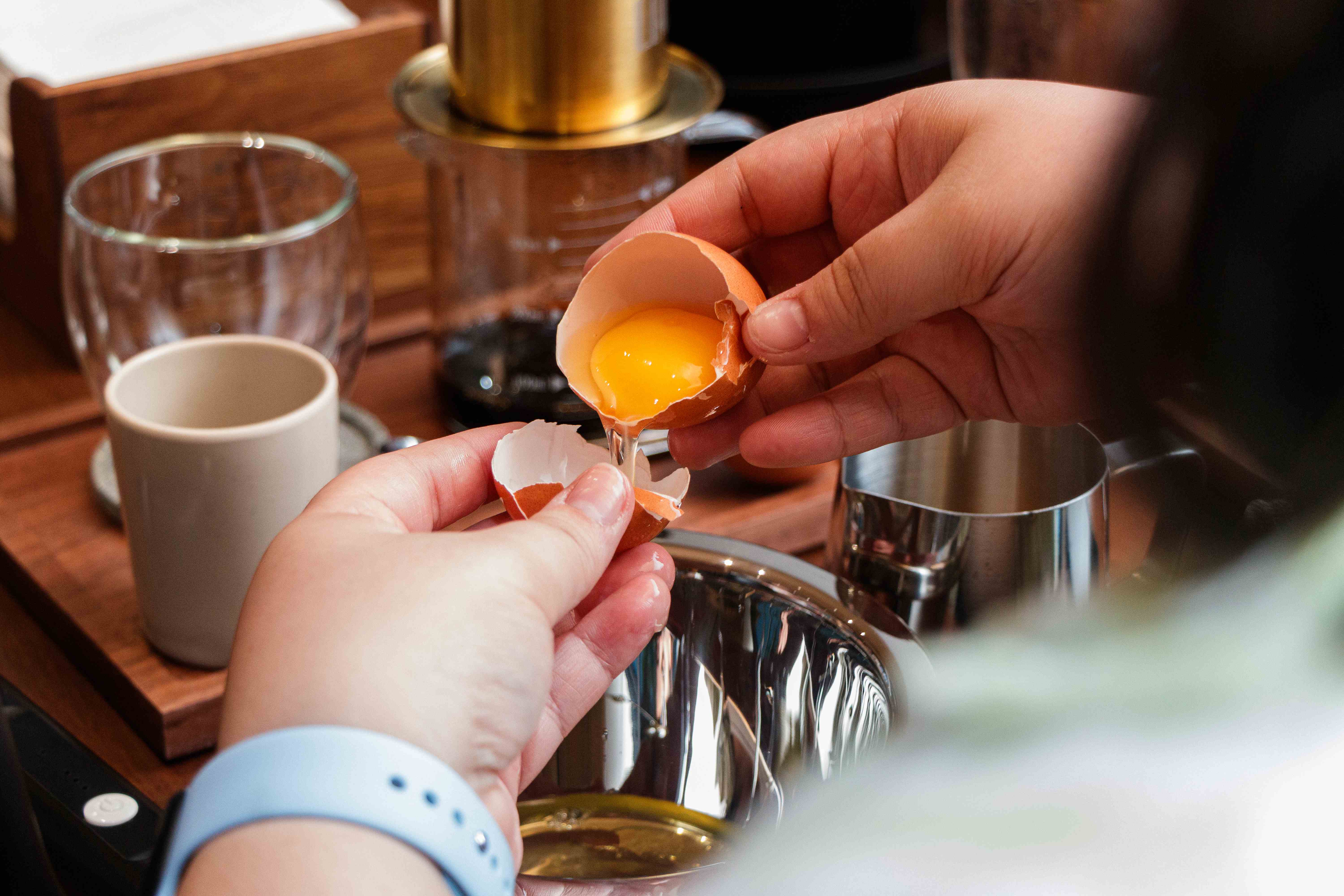
Lacàph, the renowned coffee shop, consistently organizes workshops to enable those uninitiated in this delightful brew to experience its rich flavors and learn the art of crafting the perfect cup of Egg Coffee. Notably, Lacàph’s rendition of Egg Coffee deviates slightly from the traditional approach, as they employ honey in place of sugar or condensed milk. This honey, derived from Arabica coffee flowers, imparts subtle notes of white flowers and a gentle citrusy tang, imparting a unique character to Lacàph’s signature Egg Coffee.
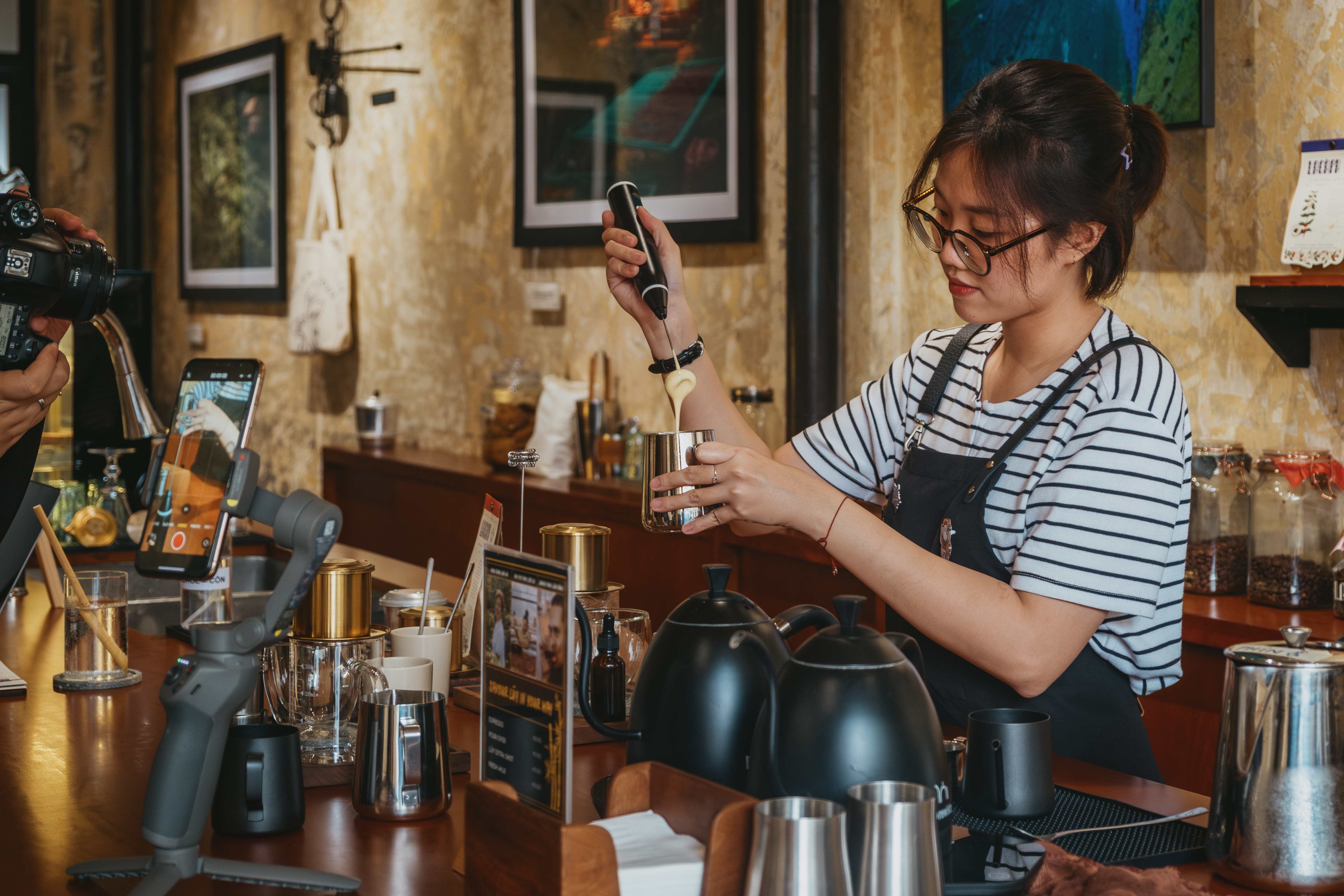
In some variations, additional ingredients like alcohol or spices such as cinnamon and anise are employed to soften the egg’s robust aroma. Lacàph opts for vanilla flavor to delicately diminish the egg’s pungency while enhancing the overall appeal of the dish.
The lush aroma emanating from the fluffy egg cream layer harmoniously melds with the sweetness and hint of sourness from honey and coffee. Lacàph’s coffee blend combines 85% Robusta and 15% Arabica, blended to perfection. To enjoy this exceptional creation, savor the egg cream layer first, then gently stir it into the coffee, relishing it as a delectable dessert.
EGG COFFEE’S CULTURAL SIGNIFICANCE
Egg Coffee has etched its place in the hearts of the Vietnamese people, even as machine-brewed coffee gains popularity. Initially cherished for its accessibility to the working class, courtesy of Mr. Giang’s pioneering efforts, Egg Coffee’s enduring appeal is also attributed to its rich, sweet flavor—a testament to Vietnam’s remarkable cross-cultural development.
Originally a northern gem, Egg Coffee has now permeated southern regions, making it readily accessible to a new generation of coffee enthusiasts. Moreover, it has inspired delightful variations, such as Iced Egg Coffee and innovative combinations with other flavors.
Seven decades have elapsed since its inception, yet Vietnamese affection for this unique elixir remains unwavering. It continues to captivate the hearts and taste buds of locals and visitors alike. If you haven’t had the pleasure of indulging in this captivating concoction, it’s an experience well worth pursuing. Join us in savoring this exceptional drink and share your journey with Lacàph!
Experience in making this famous Vietnamese egg coffee with Lacàph here!




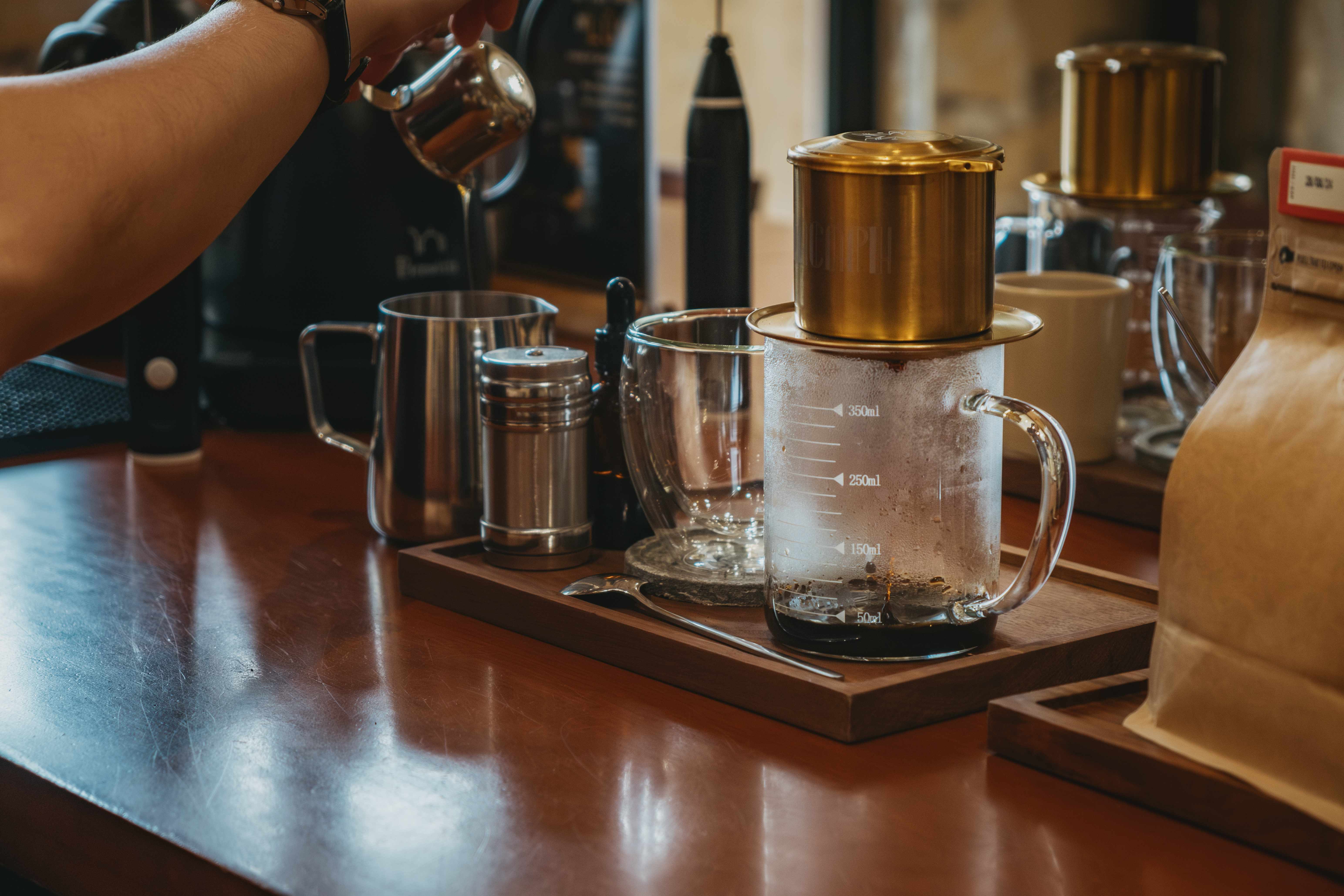
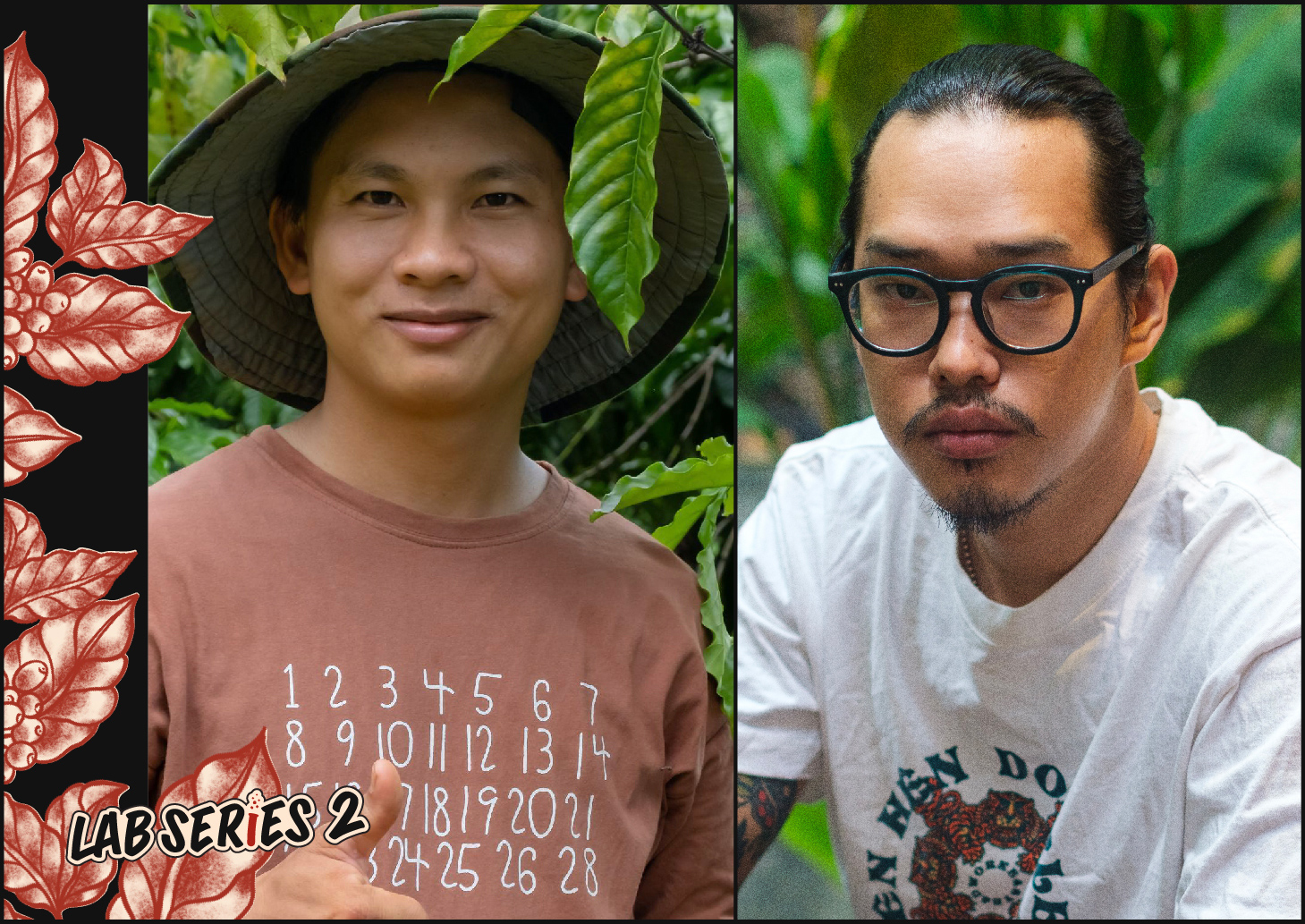
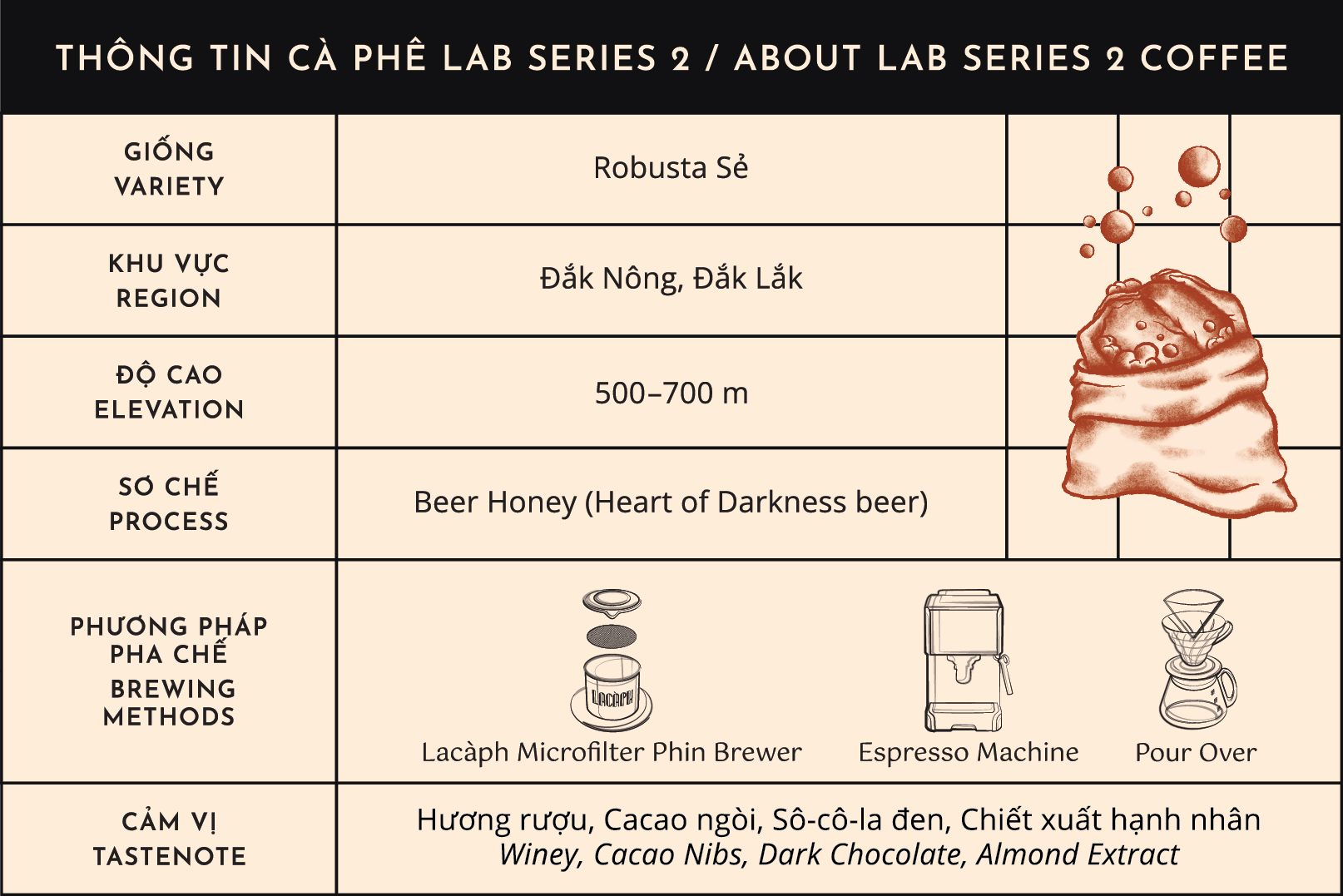
 For each 50kg bag of coffee prepared for us, Anh Phú poured in a can of Tiramisu Stout, then filled the container with water before sealing it tightly and leaving it to ferment for 48 hours. Once this stage of the fermentation process was done, the coffee was peeled and the husks spread out to dry in the sun until they reached a moisture level of between 12 to 13%.
For each 50kg bag of coffee prepared for us, Anh Phú poured in a can of Tiramisu Stout, then filled the container with water before sealing it tightly and leaving it to ferment for 48 hours. Once this stage of the fermentation process was done, the coffee was peeled and the husks spread out to dry in the sun until they reached a moisture level of between 12 to 13%.
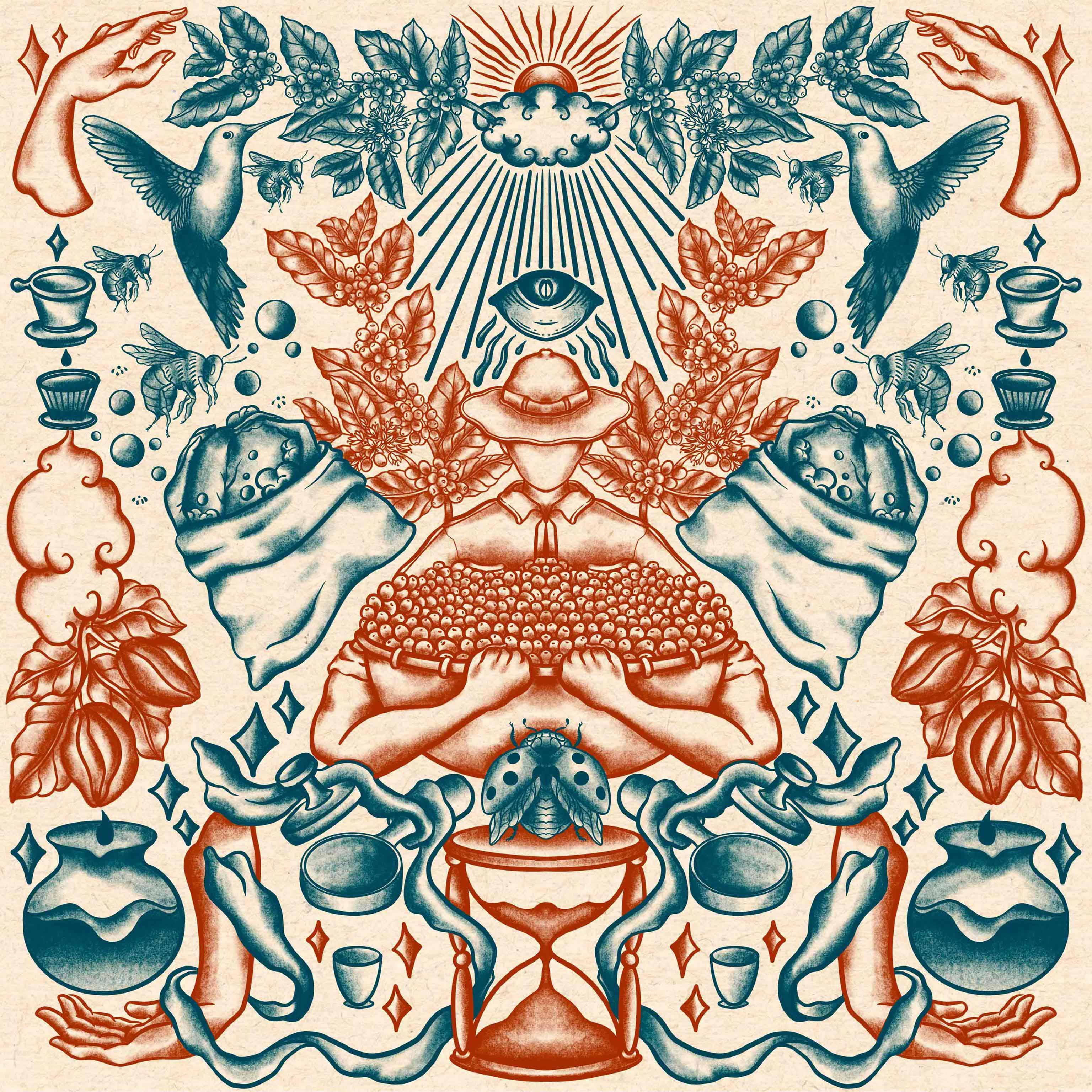
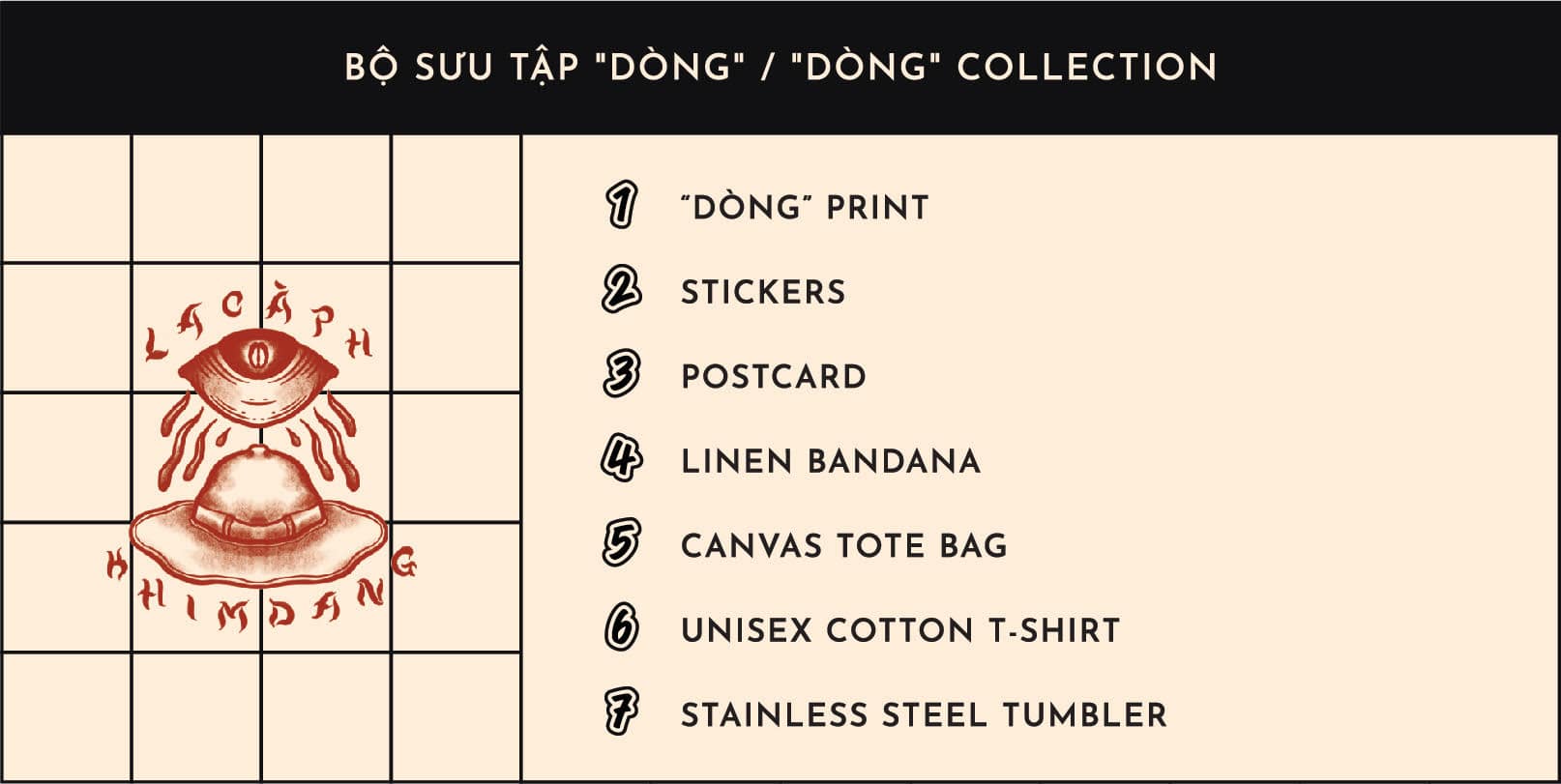
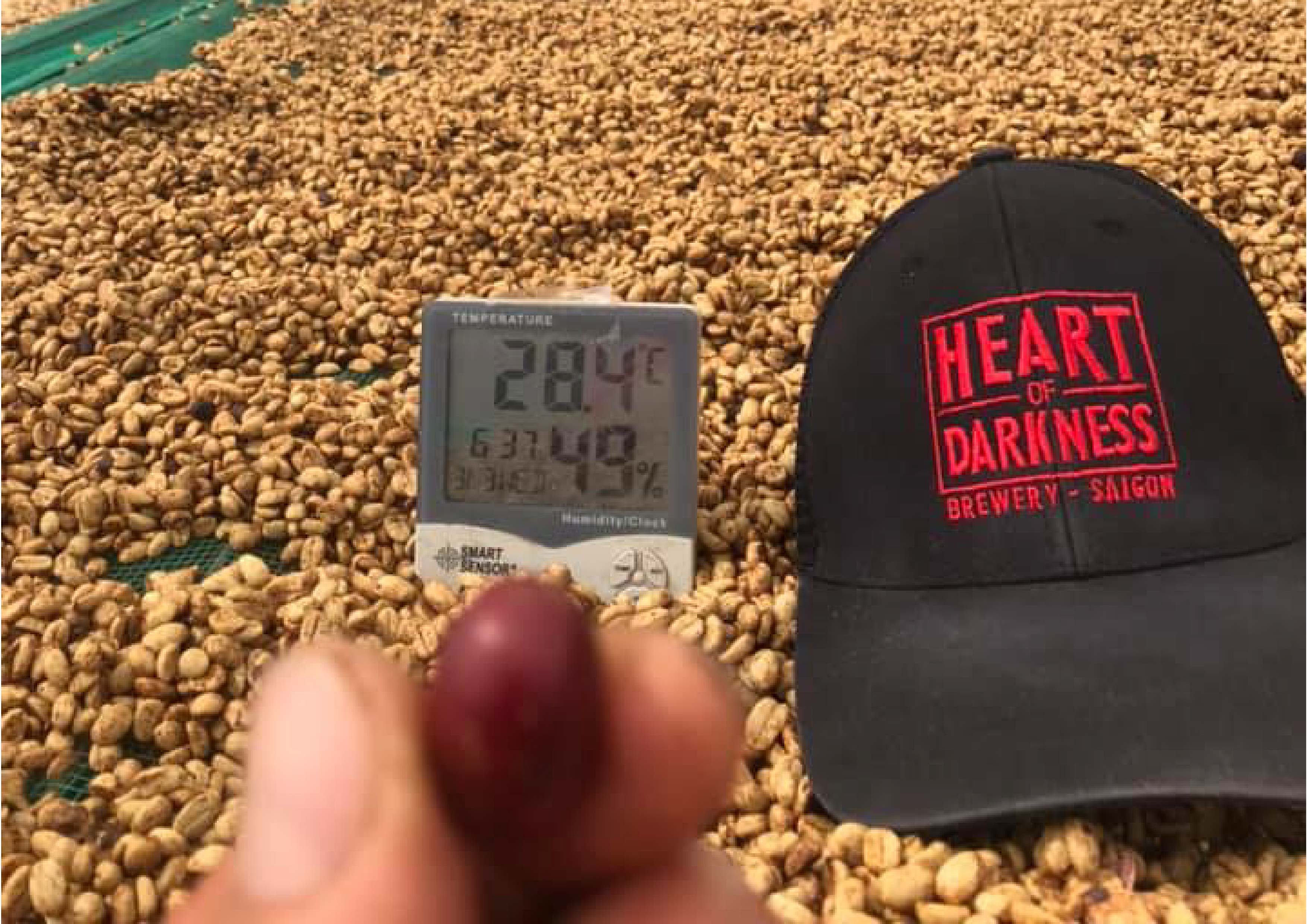

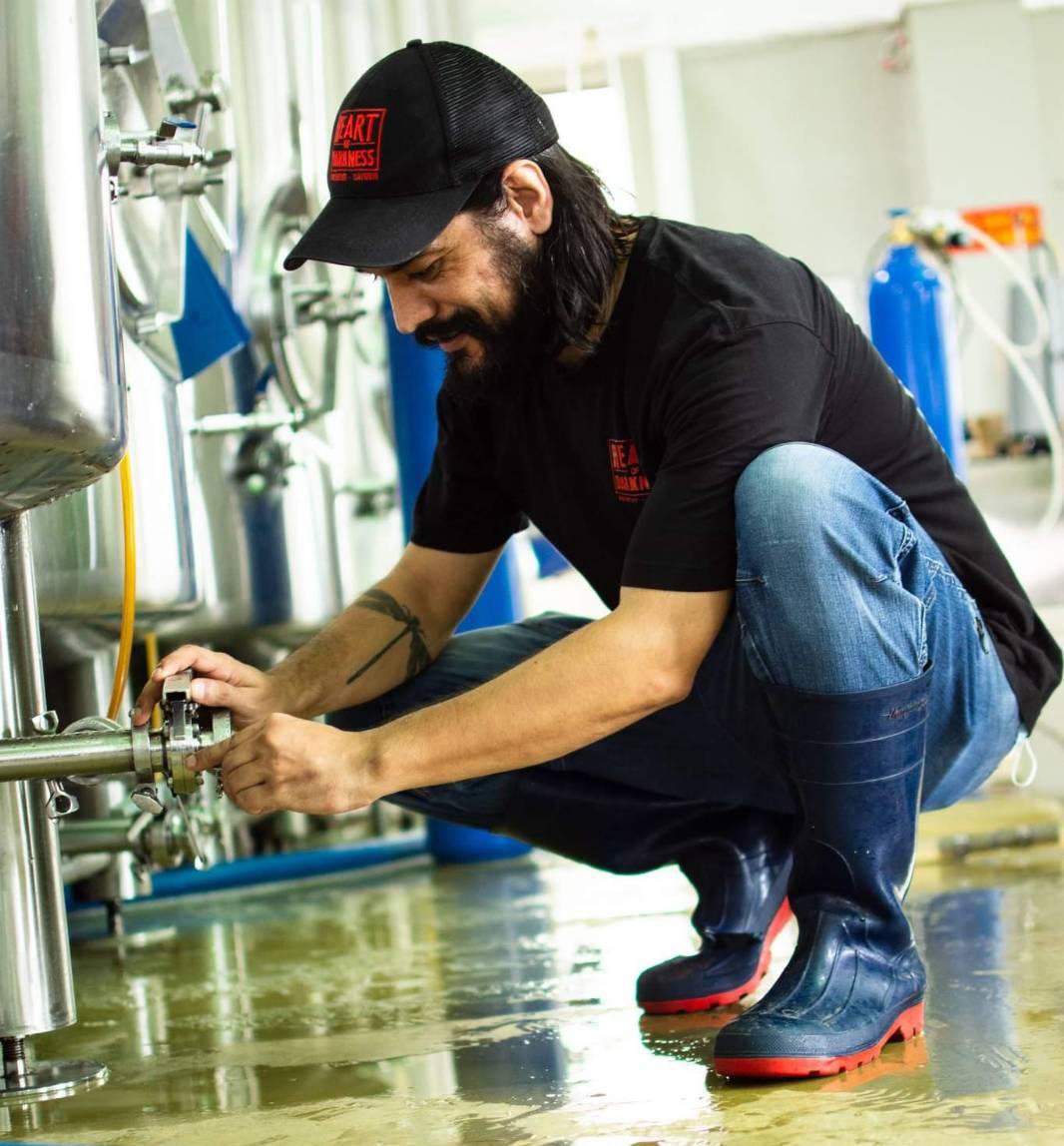
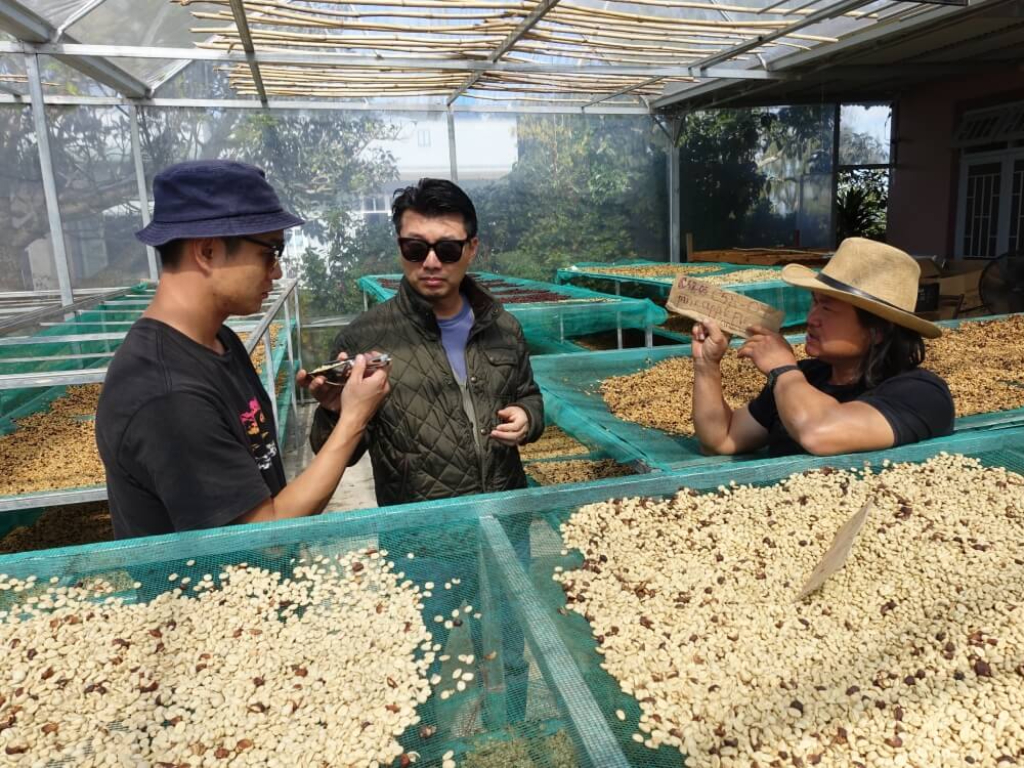

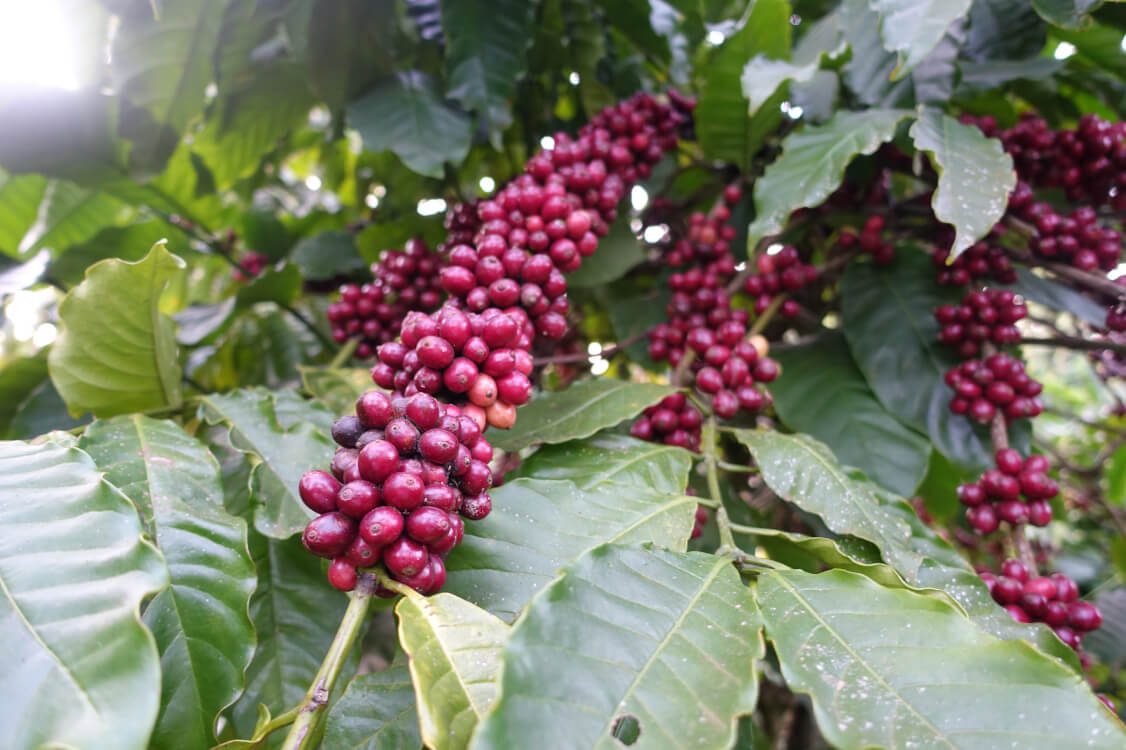
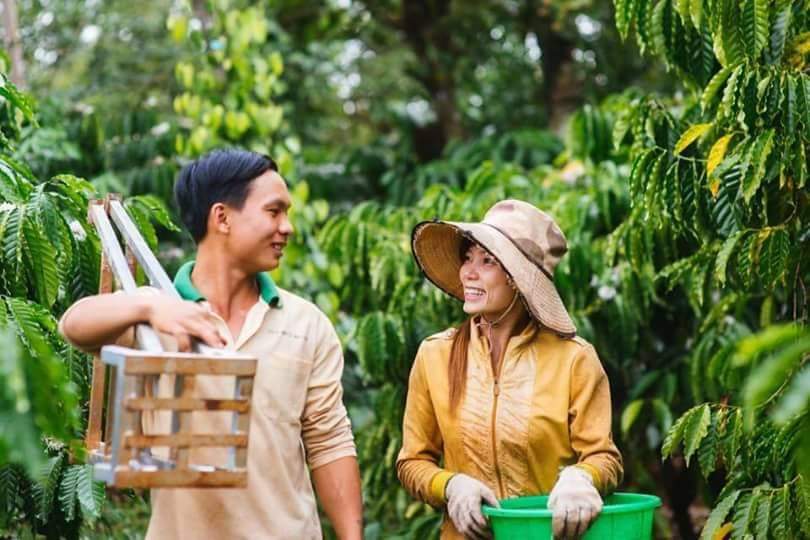 Phú was a handsome and hardworking young man, and attracted the attention of a local lady. When they married in 2010 his father gave him a coffee garden as a wedding gift. Phú knew from experience that life
Phú was a handsome and hardworking young man, and attracted the attention of a local lady. When they married in 2010 his father gave him a coffee garden as a wedding gift. Phú knew from experience that life 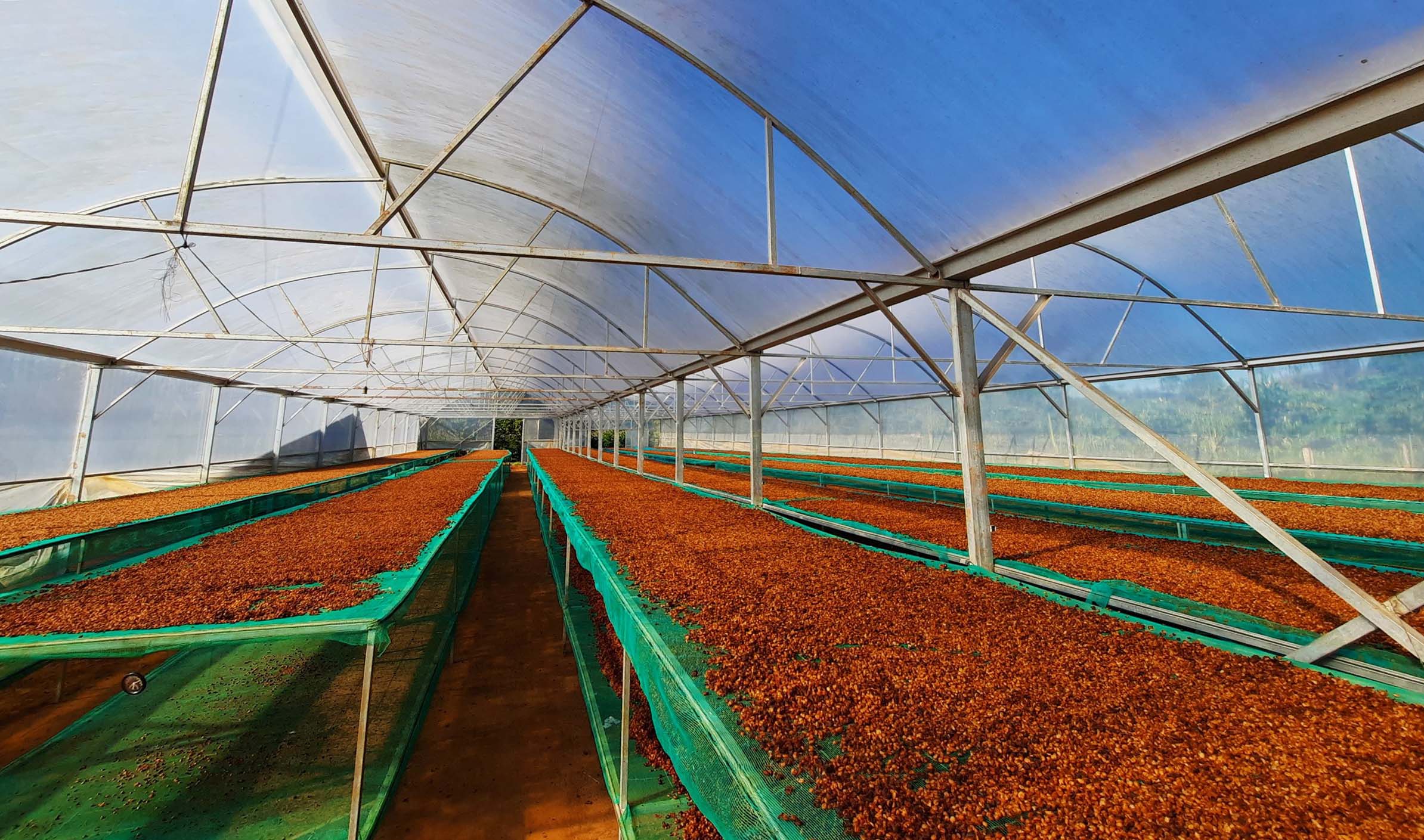
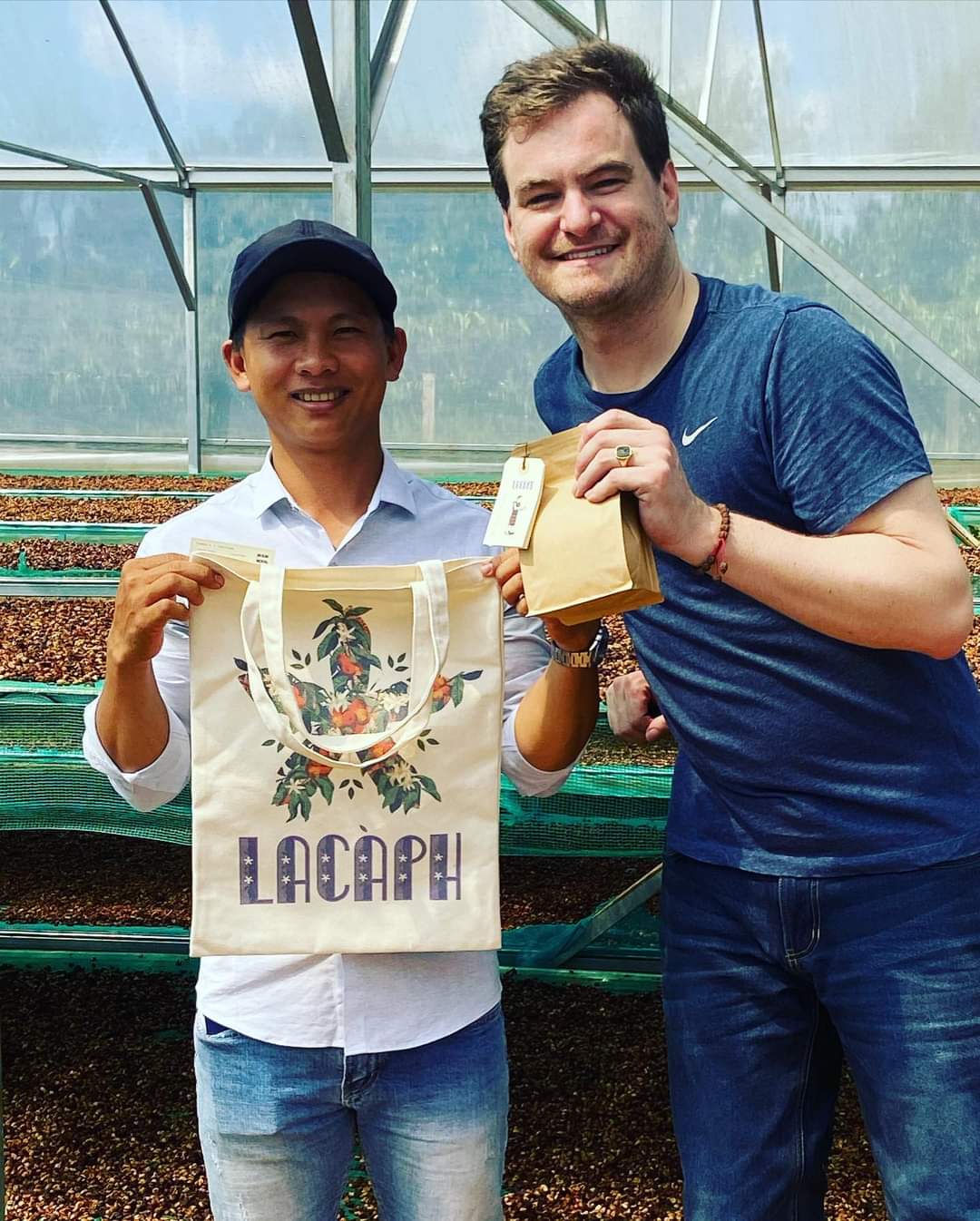 armers were never able to plan ahead or increase their production.
armers were never able to plan ahead or increase their production.